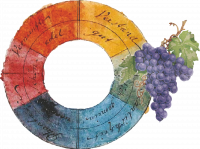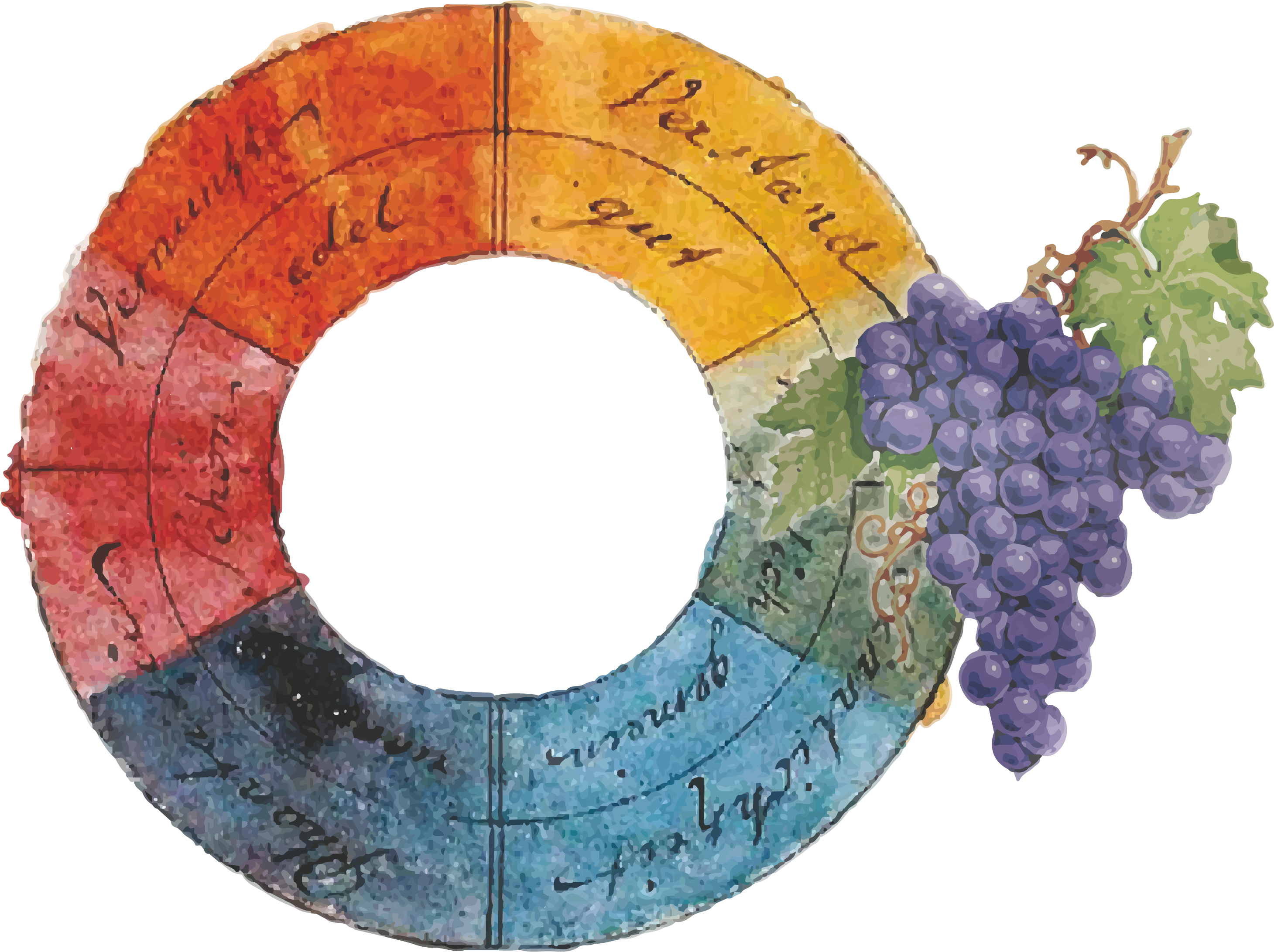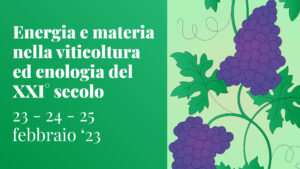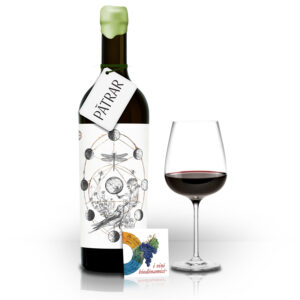the manifesto of the biodynamic moderna

L’Modern Biodynamic Agriculture represents the most coherent application and evolution of Rudolf Steiner presented to the farmers in conferences held at Koberwitz, from 7 to 16 June 1924.
After Steiner's death, in Europe, Biodynamics underwent a process of intellectualization that emphasized its esoteric drift. In Italy, too, biodynamic agriculture was not able to assert its authority, overwhelmed by religious-philosophical tasks that by-passed and ignored agricultural practice. Modern Biodynamic Agriculture intends to identify and spread a working method, which can be applied without ambiguity, where man, once he has regained his integrity - without any need to separate the spiritual from the physical dimension - can freely grasp an understanding of nature and how it can be applied in agriculture.
L’Modern Biodynamic Agriculture Modern Biodynamic Agriculture is free from the limitations of materialistic science, yet it has to come to terms with it, and it is secular, since it does not need to find a final justification in any principle beyond itself. For this "parallel" science, which has its own vocabulary, we propose a new language which can clearly and efficiently transmit its principles that, far from depending for their interpretation on a few gurus, will enable Modern Biodynamics to become the agriculture of the XXI century.
As a starting point, we take up those elements of Modern Biodynamic Agriculture which concern viticulture and its product, wine, that have been neglected for ages by the followers of anthroposophy and are being rehabilitated, since biodynamic wine has become a fashionable product. Since 1986 we grow the vines and make wine, because the response you get from a vineyard cultivated according to the Modern Biodynamic Method is remarkably rapid and in its superb evidence allows us to focus on the essential concepts of Biodynamics.
Biodynamic Viticulture, in its modern and secular dimension, if it is really put into practice, is not only a label that may help sales, but represents the "manifesto", a compass for the agriculture of the future.




